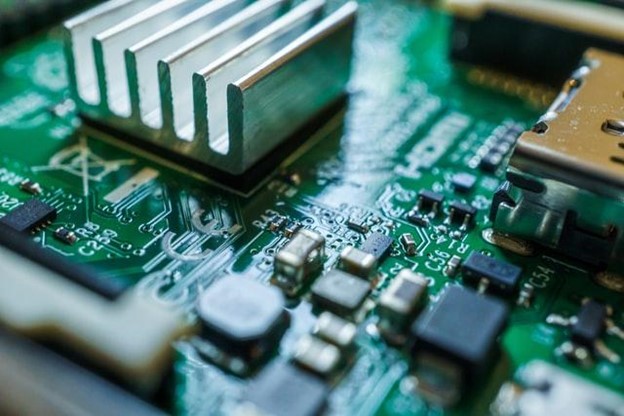There are nearly 6.4 billion smartphone users worldwide. If you own a smartphone, it is a perfect example of an advanced embedded system. Embedded electronics are also available in countless other devices like security access systems, washing machines, vending machines, medical equipment, and more.
What defines an embedded electronic system is the integration of software and hardware. To learn more about embedded systems design keep reading.
What Is Embedded Systems Design?
Embedded systems design is the process where engineers come together to build embedded systems. It involves PCB design as well as firmware coding and programming into the microcontroller to bring the electronics to life.
Steps in Embedded Systems Design
Designing embedded systems can be challenging if you don’t have the right expertise, but the general design process of embedded systems follows these steps:
1. Requirements Analysis
First, collect and analyze the requirements for your future embedded system. This helps you create a clear system vision and plan for project stakeholders.
2. Schematic
After translating requirements into specifications, the engineers can start building the schematic. They will select the right microcontroller, which is the heart of an embedded system. The engineering team must consider several factors, such as processing speed, memory, peripherals, power consumption, and cost to choose an ideal microcontroller for the system.
The engineers will also evaluate the microcontroller’s compatibility with the other components in the system like sensors, actuators, and communication interfaces.
3. PCB
Once the schematic is complete, the next step is to design the PCB for the embedded system. This is a very delicate process. The engineer will need to apply best practices for functionality, reliability, and manufacturability.
4. Prototype
The PCB layout must pass the DRC (design rule check) test to ensure the schematic matches all manufacturing considerations and dimensional tolerances. If the layout checks out, prototypes can be built.
5. Hardware Development
The engineers must bring the hardware to life with coding to ensure everything works well. However, developing hardware can be complex. Any erroneous line of code can result in hours of debugging.
6. Testing and Acceptance
Before getting manufacturing approval for an embedded system design, it has to pass stringent functionality and reliability testing.
Get Started with Embedded Systems Design from Sonic Manufacturing
At Sonic, we help you throughout the entire embedded systems design cycle. Our solutions meet the highest standards of performance and functionality, giving your new products a competitive edge. Take your systems to the next level with us.
We serve manufacturers in Silicon Valley, the Bay Area, San Jose, San Francisco, Palo Alto, Salt Lake City, and Sacramento. Get an accurate quote now.

